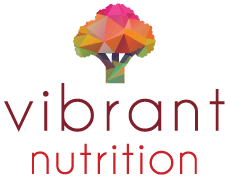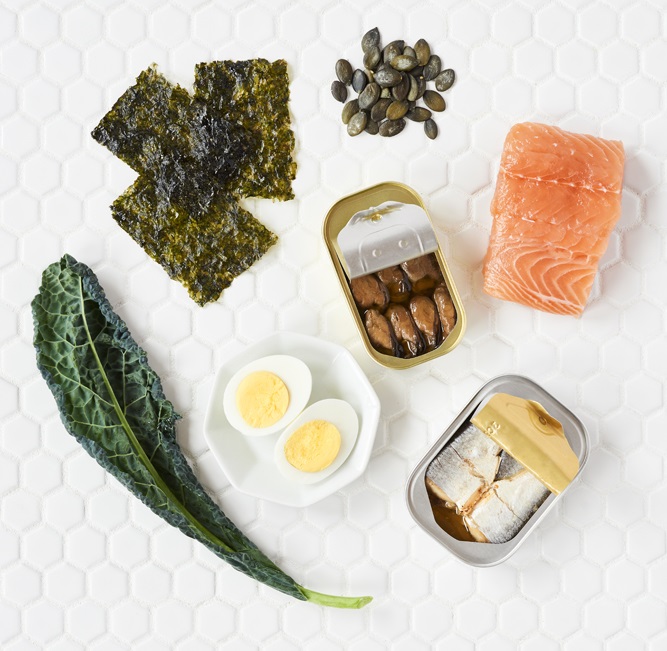October 27th, 2023
What kind of Eggs have the Best Nutrition for your Family?
Read this and take the confusion out of buying eggs!
It can feel like you need a dictionary or a Google Map to make it through the egg isle these days at the grocery store.
There has never been more choice; and the nuanced differences between the eggs you will bring home. Nest-laid? Free-range? Omega-3 fortified? Why do they even make all these different types of eggs and how do I pick the best one for my family? It’s The only isle in the grocery store I get more questions about is the yogurt isle.
I recently had the GREAT pleasure of being invited into the inner workings of an egg farm, the largest egg producer in Canada actually! And I was amazed at what I learned about everything from hem housing to the phospholipid content of those eggs, to how much thought, care and planning goes into harvesting a Grade a Canadian Egg! Here I break down the differences between ALL those choices, and yes, I pick some of my favourites, to help you make the best egg choice for your family.
First, lets go through some of the FUN facts about eggs I learned, and had always wondered about:
Facts about Eggs
Refrigeration:
Have you ever gone to a European household and seen eggs on the countertop, and gasped, thinking, why are they not in the fridge!? In Canada, compared to many other countries globally, eggs must be washed; this is to reduce the spread of salmonella contamination, as it mainly lives on the shell of the egg. This removes the seal on the shell, making it more porous, and so requires refrigeration. So, yes, put your eggs in the fridge here in North America.
Freshness:
Theres a LOT of discussion and hate on for processing when it comes to food these days. Let me tell you about the hunt for minimally processed foods that are fresh and a decent price? Pickings are slim.
I was AMAZED to find our that from the chicken’s nest, the average time to your frying pan for an egg is 7 days! In fact, sometimes eggs are in the grocery store 24 hours after they are laid. Even your apples or broccoli is not that fresh!
Egg “Death” (being dramatic!):
1.8% off all eggs are dropped accidentally while packing…I could not do that job 😊, the rate would skyrocket.
Egg Grading:
Eggs sold in Canada are ONLY Grade A, grade C eggs aren’t even allowed on your table! (they are used to make other food products). So, when you are shopping for eggs to eat, you never have to worry about grading!
Eggs and Best Before Dates:
I really need to do a whole blog post about food “best befores” in general, as I have had endless questions about best before dates in my career. The truth of the matter is a “best before” is NOT an expiry date. In fact, in Canada, there are only 5 “food stuffs” that can be classified to have an expiry date, and non of them are whole foods. It just means “by this date, the product is at its freshest, the way we want you to enjoy it”. But after that date, it may still be a totally viable, safe food to eat.
In Europe, the standards for the “sell-by” and BB dates are different and vary by country. Technically, eggs are viable for a whopping 49 DAYS after they are laid! The egg whites sometimes get watery after this point, but the nutrition is intact.
Eggs in the summer:
Chickens drink more water in the summer, so the eggs are waterier! Who knew?!
Egg Yolk Colour:
Have you ever seen an orange yolk? Or a light yellow one? The egg yolks are a direct reflection of the chicken feed. Yolks are darkened by adding marigold extract to the feed. Dark yolks are rich in antioxidants as well and nutrients. Chicken feed changes over time, based on what the chickens require. Burnbrae has not ONE but TWO experts with PhD’s in chicken physiology and nutrition on the farm to nurture and help the chickens live optimally,
Eggshell colour:
Brown shells come from brown chickens. White shells are not “bleached” (yes, I have been asked that a million times!). Brown eggs on average have more blood spots when you crack them; but remember the blood spots are not harmful or a sign of freshness.
Omega 3 Eggs; are they worth it?
These eggs are fortified, and have the perfect form, the fat-soluble form, of fatty acids that are easily and efficiently absorbed into the human body. The contain on average 75 mg of DHA omega 3 fatty acids per egg. We must get mega-3 fatty acids in our diet because we cannot make them in the body; between 200 mg to 500 mg or EPA/DHA combination is recommended. If you or your children are not eating fish regularly, it will be next to impossible to get what your brain and body requires without fortified foods This is why omega-3 eggs are Worth it for growing families.

Here is a list of my FAVOURITE eggshell products:
Prestige– these come from younger hens, making the shells firm and smooth, with whites and yolk that hold together strongly. This makes these eggs ideal for baking and frying.
Solar-Free Range: I can be a good earth ambassador and eat my eggs too?! Yes please! These are produced by free-range birds that have outdoor free access, in solar-powered open-concept barns! This offers you eggs that are 100% clean energy produced, powered by the sun, and packed with 13 grams of protein per 2 eggs.
Omega-Plus Eggs-these are nutritionally enhanced with 250 mg of DHA omega-3 fatty acids per 2 eggs! There is fish oil added to the chicken feed. Additionally, 1 mg of lutein per 2 eggs. Lutein is a critical antioxidant for eye health This is an amazing choice for infants and elders to get critical nutrients in a tiny, tasty format.
Nest-Laid Omega Eggs– 75 mg of Omega-3 fatty acids per egg! Plus, hens laying eggs in small group housing with perches, nests to lay their eggs.
Other Egg-based Household MUSTS:
Every household should have egg white on hand. It is the quickest and easiest cost-effective way for moms and kids alike to get that extra protein they need. This can be added to frying eggs, omelettes, pancakes, French toast, fried rice, baked goods, all while giving great protein, with no egg flavour. I always have a carton of this in the fridge.
I did not think a frozen food would make this list in all honesty. But tiny little egg-bite would be SO delicious and nutritious. I love this product and its protein ratio; 4 bites give you 10-12 grams of highly biologically valuable protein. This is the perfect after-school snack for hungry kiddos, heck you could even heat and throw in an insulated lunch container! Pair it with toast, veggies/fruit for a power-snack in the after-school window: that afterschool timeslot is when kids are the hungriest, they will be all day, so nutrient-rich food offers are a MUST between 3pm and 430pm. Leverage their hunger for a delicious, easy all-around win!
There are even more choices on their website: www.burnbrae.com
Eggs are one of my top food recommendations to include in your diet across the life cycle. And the fact that there is choice and variety to meet your budget and nutritional needs, in a cost-effective way, makes them the perfect choice in my eyes. From colour to price to chicken housing and the environment, it’s never been easier to make a transparent choice that aligns with your family’s values when you buy eggs. Burnbrae eggs such an amazing nutrient-dense addition to any household.


